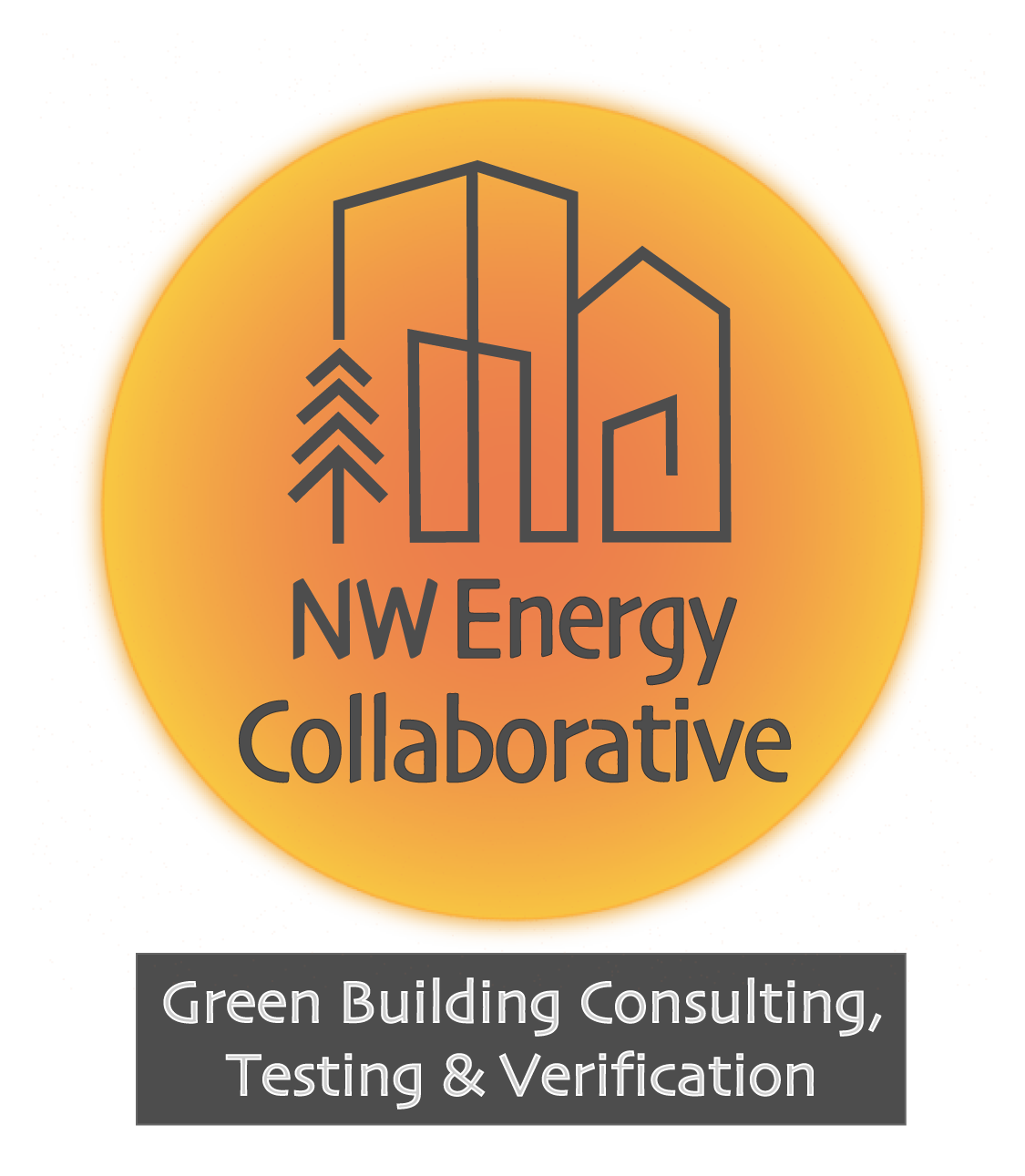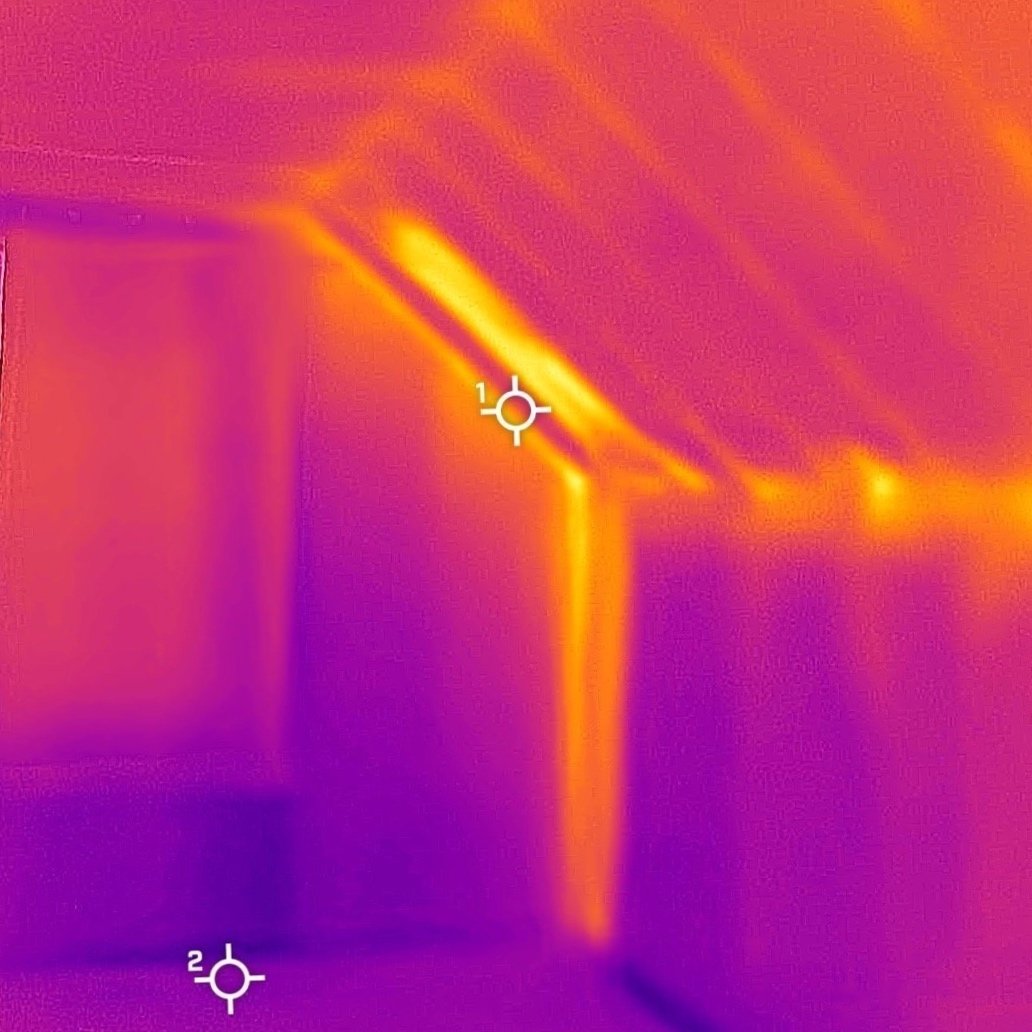Top 5 Thermal Barrier Issues in New Construction
Make it stand out
Whatever it is, the way you tell your story online can make all the difference.
All buildings need a proper thermal barrier, which consists of appropriate insulation and sealing to prevent air intrusion, similar to wearing an insulated jacket in cold weather. Properly installed insulation is critical to building construction to ensure long-term energy savings and occupant comfort. Building code is increasingly becoming more stringent to improve the thermal barrier, reduce energy use, and decrease demand on US energy infrastructure. Issues with the thermal barrier inevitably begin during the construction process. In this post, we'll outline some challenges encountered during a new construction project and how to address them before they become a more significant issue for the General Contractor, Developer, and Property Owner.
Improper Installation of Insulation:
Improper installation or compression of insulation materials can lead to gaps, which in turn causes heat transfer and thermal bridging. Precise insulation installation, advanced framing techniques, and third-party verification are vital to eliminate this issue. Oregon’s code now requires Grade 1 insulation based on ASHRAE 2019. Having a building envelope consultant involved early in the design process can ensure the project complies with local building codes.
Inadequate Attic Insulation Depth:
Failing to meet recommended attic insulation depths results in heat loss and decreased energy efficiency. Since we know warm air rises, having adequate attic insulation is the best way to reduce heat loss, especially in colder climates. In warmer climates, radiant and convective heat transfer leaks into the conditioned space. Builders must adhere to insulation regulations and ensure proper coverage.
Wet Insulation Installation:
Moisture experienced during construction can dampen insulation, reducing thermal performance. Close attention to weather conditions and proper site management can prevent wet insulation and related issues.
Seal Top and Bottom Plates:
Sealing the top and bottom plates creates an airtight barrier between the framing members and the surrounding surfaces, helping to prevent air leakage and improving energy efficiency in the building envelope.
Penetrations on Exterior Walls:
Significant heat loss occurs when penetrations on exterior walls are not adequately air-sealed. Additionally, avoid placing plumbing and electrical on exterior walls as they require penetrations and cause difficulty when installing insulation.
By proactively addressing these thermal barrier challenges in new construction, builders can create homes that are energy efficient, comfortable, and designed to withstand the test of time.
To address your project's thermal barrier concerns, contact Northwest Energy Collaborative. Our experienced team can help you achieve a more efficient and airtight building envelope, ensuring optimal energy performance and comfort for your project. Contact us today for practical solutions tailored to your needs.
Phone: (503) 567-5551
Email: Info@NWEnergyCollaborative.com
Website: NWEnergyCollaborative.com

